Man made vegetables and fruits are more common than we might think. There is a lot of emphasis on ‘natural’ and ‘organic’ these days, but a little digging reveals that what we eat today does not resemble what our forefathers ate. In fact, if you look around your kitchen, you may already have a few (or more) of these foods on hand.
Some of the popular fruits and vegetables we eat today are man made hybrids, believe it or not. They were developed in laboratories through selective breeding, which involves replanting only plants with desirable characteristics. However, in rare cases, insects have been responsible for the creation of hybrid plants through the process cross-pollination.
It is true that, if humans hadn’t planted at least one of these plants in the area, the insect species would have never been able to cross-pollinate the plants in the first place. The majority of the entries on this list of man made vegetables and fruits are surprising because these vegetables and fruits are perceived as all-natural these days.
Let’s take a look at the list of the top 5 five man made vegetables and fruits:

Broccoli

Is broccoli man made too? While many edible plants, such as asparagus, berries, onions etc can be found foraging in the wild, broccoli is not one of them. In reality, broccoli is man made. Although the exact date of broccoli’s artificial creation is unknown. It is thought that the first variants of this plant were cultivated in the Mediterranean region by man, during the Roman Empire in the sixth century BC.
In regional areas of the country now known as Italy. The broccoli was further enhanced by artificial selection after it was created by man more than two thousand years ago. Later, in the 16th century, broccoli was introduced to other regions of Europe, where it was eventually grown. Although broccoli was imported to the United States in the 17th century, it wasn’t until the 1920s that it was grown commercially.
Brassica oleracea, sometimes known as wild mustard or cabbage, is the ancestor of broccoli. Wild mustard has bitter but edible leaves, stems, and flowering heads. Farmers selected qualities in a few wild mustard plants they wished to maintain, then planted seeds from those plants, gradually amplifying those attributes. This was done to increase the wild mustard’s flavor and texture.
Numerous vegetables from the Brassiceae family are merely wild mustard variants rather than distinct species. The production of cabbage was developed into plants with huge terminal buds. Kale and collard greens were once plants with tasty leaves. Large lateral buds in plants led to the development of brussels sprouts, while larger stems produced kohlrabi. For broccoli and cauliflower, the blossoms were the main attraction. Just like man made broccoli, every vegetable and fruit found in the supermarket today are products of thousands of years of genetic engineering by man.

Banana
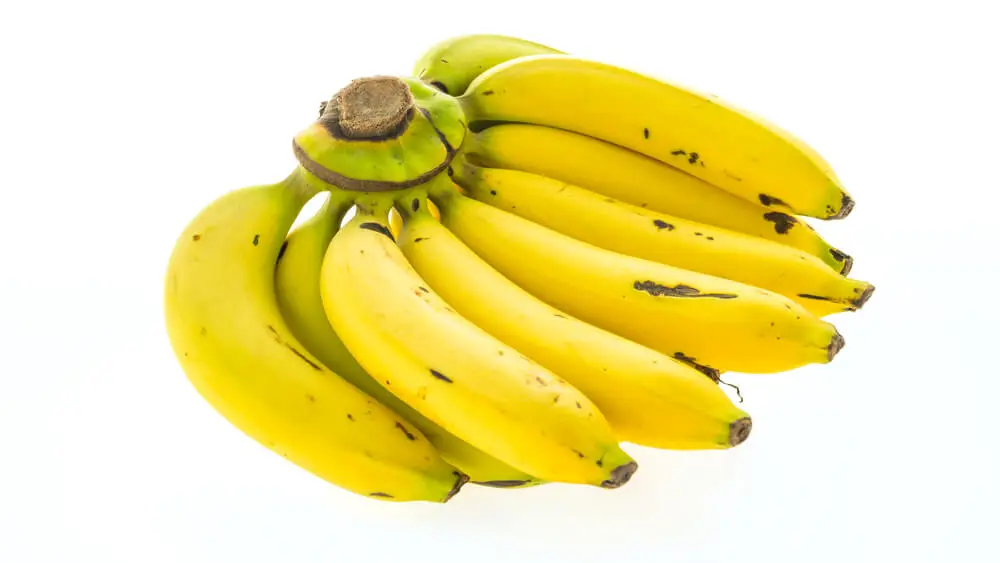
The banana as we see today is a man made fruit, basically a hybrid of the wild banana species Musa acuminata and Musa balbisiana. Musa acuminata has a fleshy interior, but it has a bitter taste. Though the banana species of Musa balbisiana has a pleasant flavor but far too many seeds.
All bananas are naturally crossbred in South Asian forests. The resulting banana, which is the ancestor of the modern banana, was, however, sterile. Early humans discovered the hybrid around ten thousand years ago and discovered that they could replant the shoots to create new trees. They started practicing selective breeding, replanting only bananas with desirable characteristics. This resulted in the development of the modern banana i.e a man made fruit.
Finally, the humans created the perfect banana, but still not able to grow bananas from seeds. So, if humans stop planting bananas, the bananas will become extinct. Due to the lack of seed, all bananas have the same genetic properties because they are replanted from the shoot of another tree. As a result, a single disease could wipe out all of the world’s banana trees.

Orange And Grapefruit
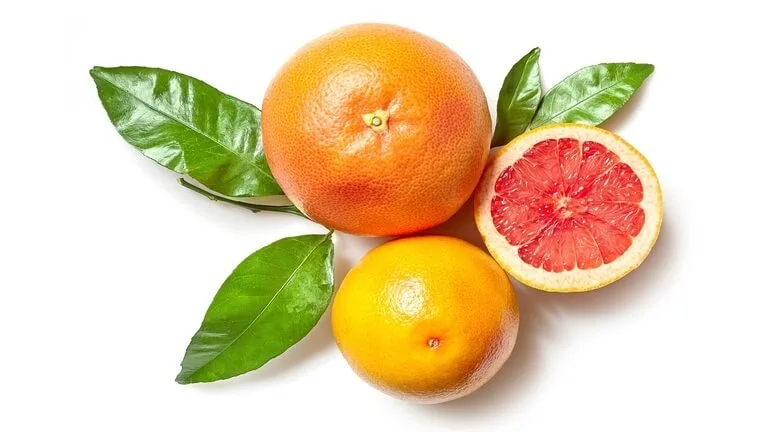
3a. Orange
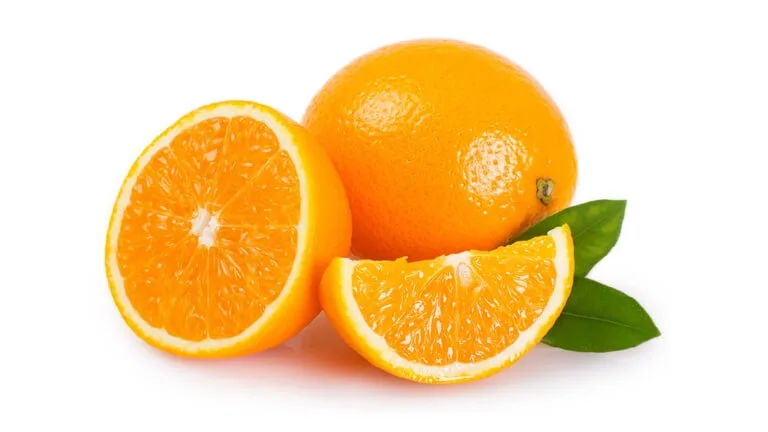
There are numerous orange varieties available these days. Every variety, however, can be traced back to a man made fruit hybrid created when the pomelo was crossed with the mandarin. Pomelo is nearly as bitter as grapefruit, while mandarin is sweet. Because mandarin is orange in color, many people mistake it for another type of orange. That’s incorrect! The oranges actually descended from the mandarin.
The true origin of the orange’s unknown, but it is thought to have originated somewhere within southern China. Humans have selectively bred oranges to create many varieties over the years, making it easy to confuse the orange with other citrus fruits. To be clear, to be considered an orange, the fruit must have evolved from pomelo and mandarin.
3b. Grapefruit
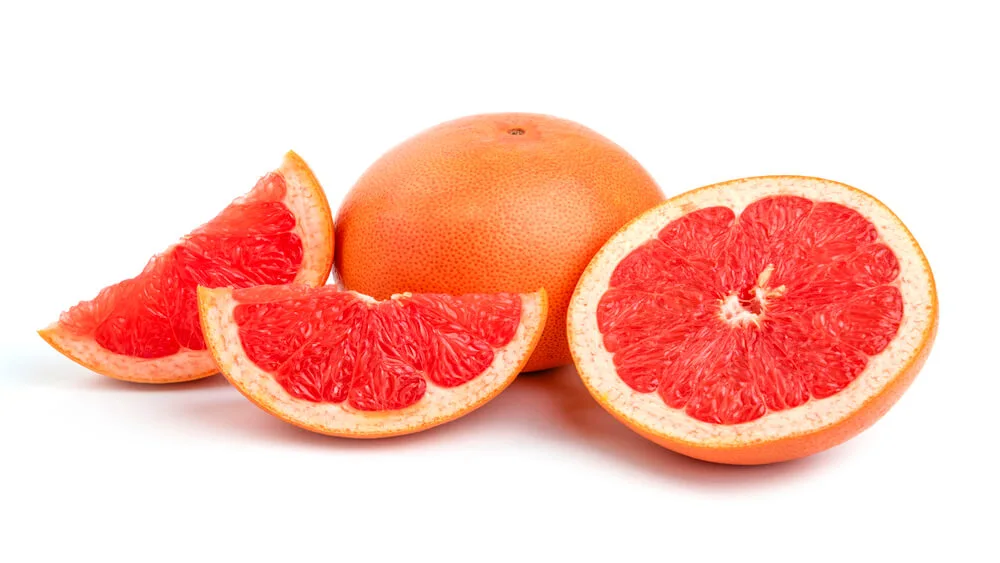
Grapefruit also comes in this list of man made fruits, it is a fairly new fruit hybrid. The grapefruit is thought to have first appeared around 1693 when Captain Shaddock brought pomelo (Citrus maxima) seeds to the West Indies and planted them near some orange trees. Later, the pomelo and orange were cross-pollinated to produce grapefruit (which were initially called shaddocks). However, outside of the Caribbean, the grapefruit was still unknown to the world.
When Reverend Griffith Hughes first saw the grapefruit in 1750, Europeans became aware of it. Hughes was so taken aback by the discovery that he dubbed it the fruit that’s forbidden or the forbidden fruit. That was its name until 1814, when John Lunan, a planter and Jamaica magistrate, dubbed it a grapefruit because it resembled the smaller and unrelated grapes while still growing.
The grapefruit first arrived in the United States in 1823 but was misidentified as the pomelo. It was only in 1837 that it was determined to be a distinct fruit. Botanists, however, were still perplexed about its origin. It wasn’t until 1948 that they started to realize it was a cross between a pomelo and an orange.

Carrots
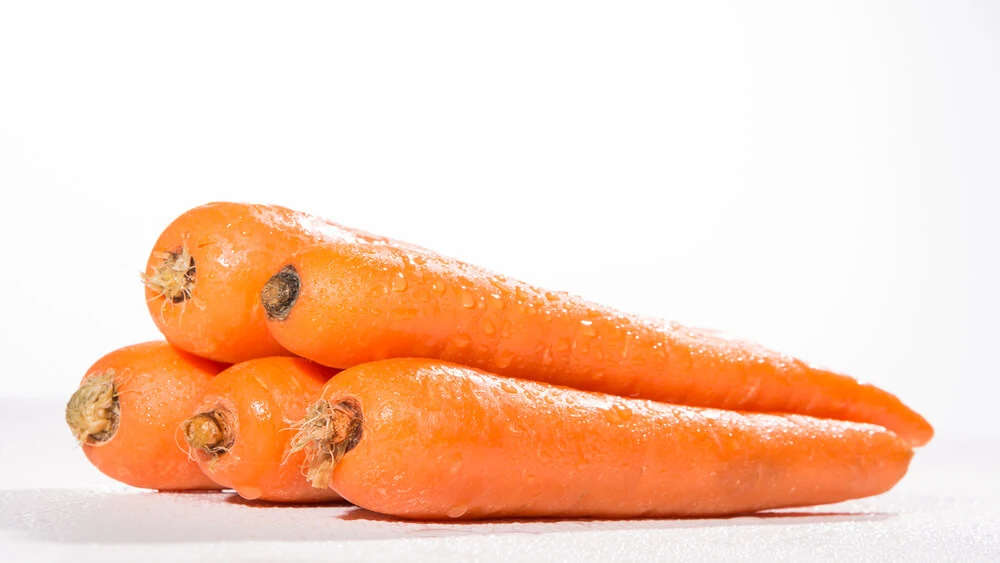
Carrots were not always orange in color, it’s actually a fairly recent characteristic of this man made vegetable. Natural carrots were either white or purple and were almost certainly inedible. White carrots were even eaten in the Roman Empire, according to historians, but they could have been parsnips, white carrots, or both. Finally, the modern orange carrot we eat today is a cross between the yellow carrot and the white carrot.
In the 10th century, the earliest known ancestor of the modern consumable carrot appeared in Persia. Some say it was white, while others say it was purple. Unlike carrots today, those vegetables had a plethora of smaller roots of varying sizes. The Persians selectively bred carrots with the largest roots to produce larger roots and, eventually, a large single root.
Carrots mutated from white or purple to yellow and finally orange as the selective breeding continued of this man made vegetable. Carrots were selectively bred until the modern era to improve their color and flavor.

Strawberry
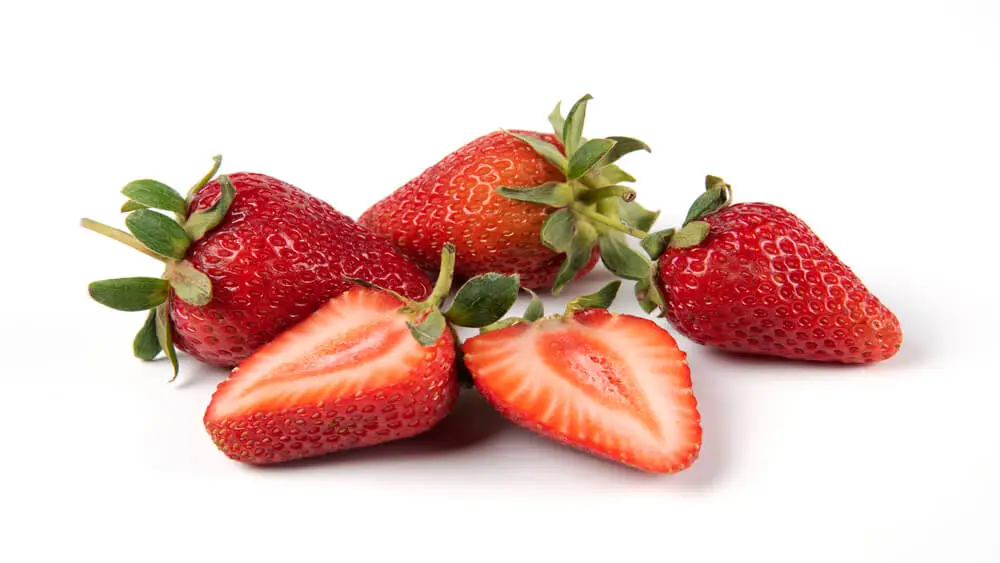
The present strawberry is a man made fruit hybrid of the fairly small wild strawberry, with a shorter shelf life and improved flavor and aroma. The modern strawberry first appeared in the 18th century in France. The hybridization process, on the other hand, began much earlier.
When French botanists first discovered that wild strawberries reproduced by culturing in the 1300s, they began planting them in their gardens. Surprisingly, some strawberries never produced fruits and half of those that did stop replicating and producing fruits after a few years.
The French were able to grow wild strawberries almost twenty times larger than their normal size, but the strawberries still remained incredibly small. Then on the 6th of July, 1764, Antoine Nicolas Duchesne developed the modern strawberry by crossing a male Fragaria Moschata with a female Fragaria Chiloensis from Chile.
Prior to Duchesne’s strawberry, French botanists were unaware that strawberries had male and female parts. Because some botanists planted either males or females, some never produced fruits. Duchesne worked on the strawberry until the French Revolution, after which it was left to American and British botanists to perfect the modern strawberry.
